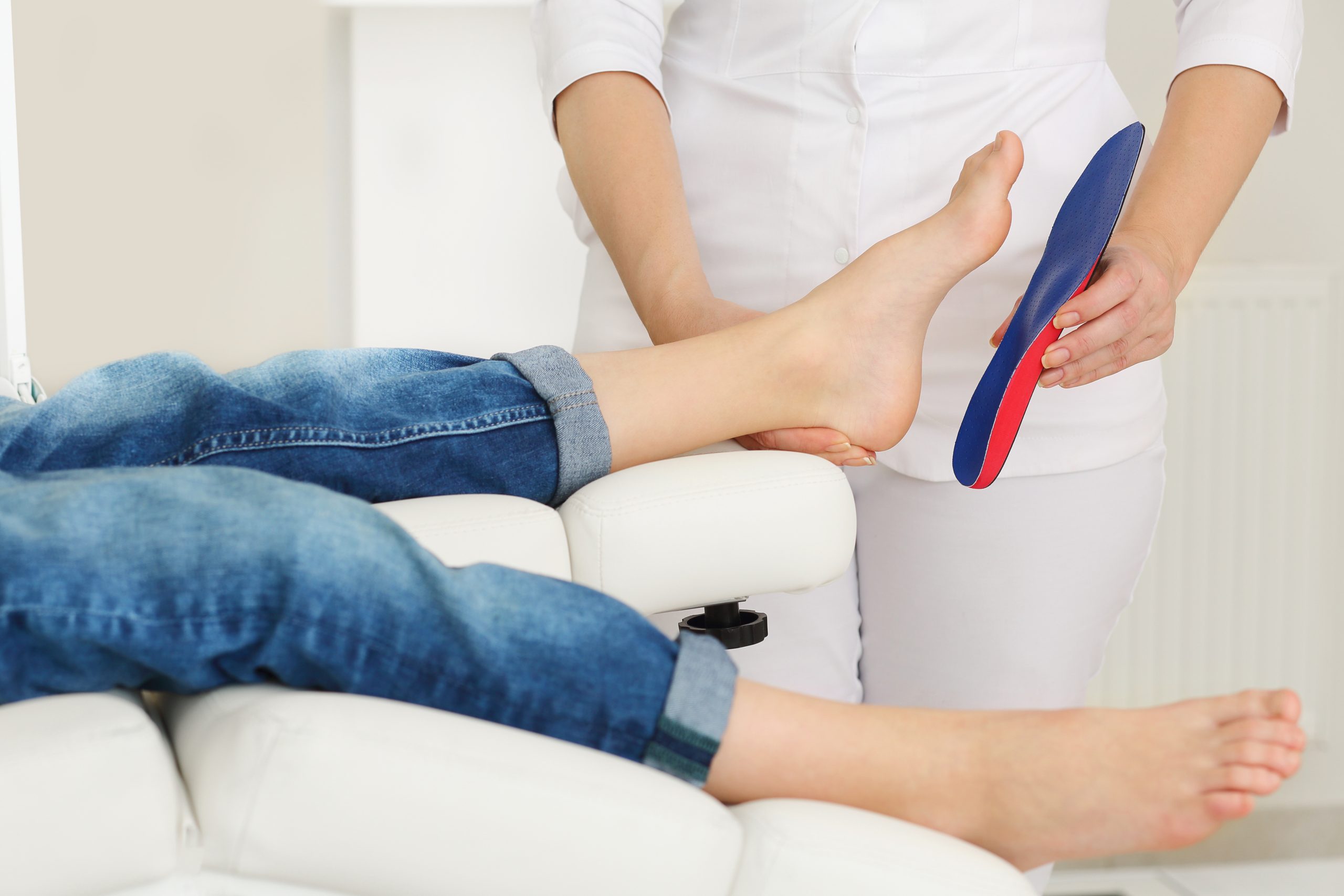It is rare for a child to need orthotic insoles before the age of 3.
In fact, due to the fact that the structures of the feet are not yet developed, it is difficult to determine if there are any issues with them.
However, if your child is of walking age and has difficulty doing so, the use of orthotic insoles can prove to be beneficial.
Here are 3 questions you should ask yourself before you consider purchasing foot orthoses for your child.
Does your child suffer from any visible pathology?
Before you get foot orthoses for your child, you should consider the overall impact their feet have on their overall musculoskeletal health.
Usually, the doctor in charge of your child will be able to identify an imbalance in the foot that could be leading to other issues.
If you detect any pathologies early on, foot orthoses can help correct defects before growth seals the plantar structures.
For children over the age of 3, the foot abnormalities that can be treated with orthotics are as follows:
- Severe flatfoot: flatfoot is one of the most common causes of orthotic prescriptions in both children and adults. It refers to a foot whose arch is slumped or non-existent.
- Duck feet: it is not uncommon for a child to walk with their toes pointed inward during the period after they take their first steps. However, if the feet remain pointed inward or the movement becomes painful, orthotics may be a solution.
- Bent knees: many children have slightly bent legs at birth. It becomes more problematic if the knees remain in this position after age 6.
Can your child move easily?
The way your child moves is also an important variable to consider before using insoles.
Difficulty moving is not necessarily an indication that a child has problems with their feet, especially in infants under the age of 3.
If, on the other hand, your child is older and exhibits awkward movements, a visit to a podiatry clinic is likely to be necessary.
The following abnormalities may indicate that something is wrong:
- Tip-toe gait: rarely due to a developmental motor disorder, a tip-toe gait usually regresses within a few months. However, if your child continues to walk this way for more than 6 months, it may require professional intervention.
- Lameness: if limping is not due to a fall or injury, it may indicate lower limb instability. This may include asymmetrical legs, Sever’s disease, or musculoskeletal pain.
- Frequent falls: A child who often falls for no apparent reason may have flat feet, “X” knees, or inward-facing feet.
If you recognize any of the above in your child, foot orthoses could potentially constitute the treatment that your podiatrist prescribes.
Does your child complain about pain?
A plantar problem can result in muscle, joint and even bone pain.
For example, a child of walking age who complains of recurring discomfort could be susceptible to a foot condition.
However, you should not confuse unusual pain with normal growing pains.
Unusual pain can be defined by the following symptoms:
- Discomfort that occurs during the day;
- Significant fatigue;
- Redness;
- Legs or feet that appear swollen;
- Pain getting worse.
If the symptoms are also accompanied by your child’s shoes becoming unusually worn, this may be due to the presence of plantar deformity.
PiedRéseau offers foot orthoses for young and old
As young children’s feet are rather malleable, they can be very well adjusted during growth.
However, certain plantar conditions require more comprehensive treatment, such as corrective orthotics.
Give your child the chance to move painlessly, consult a PiedRéseau podiatrist today.

